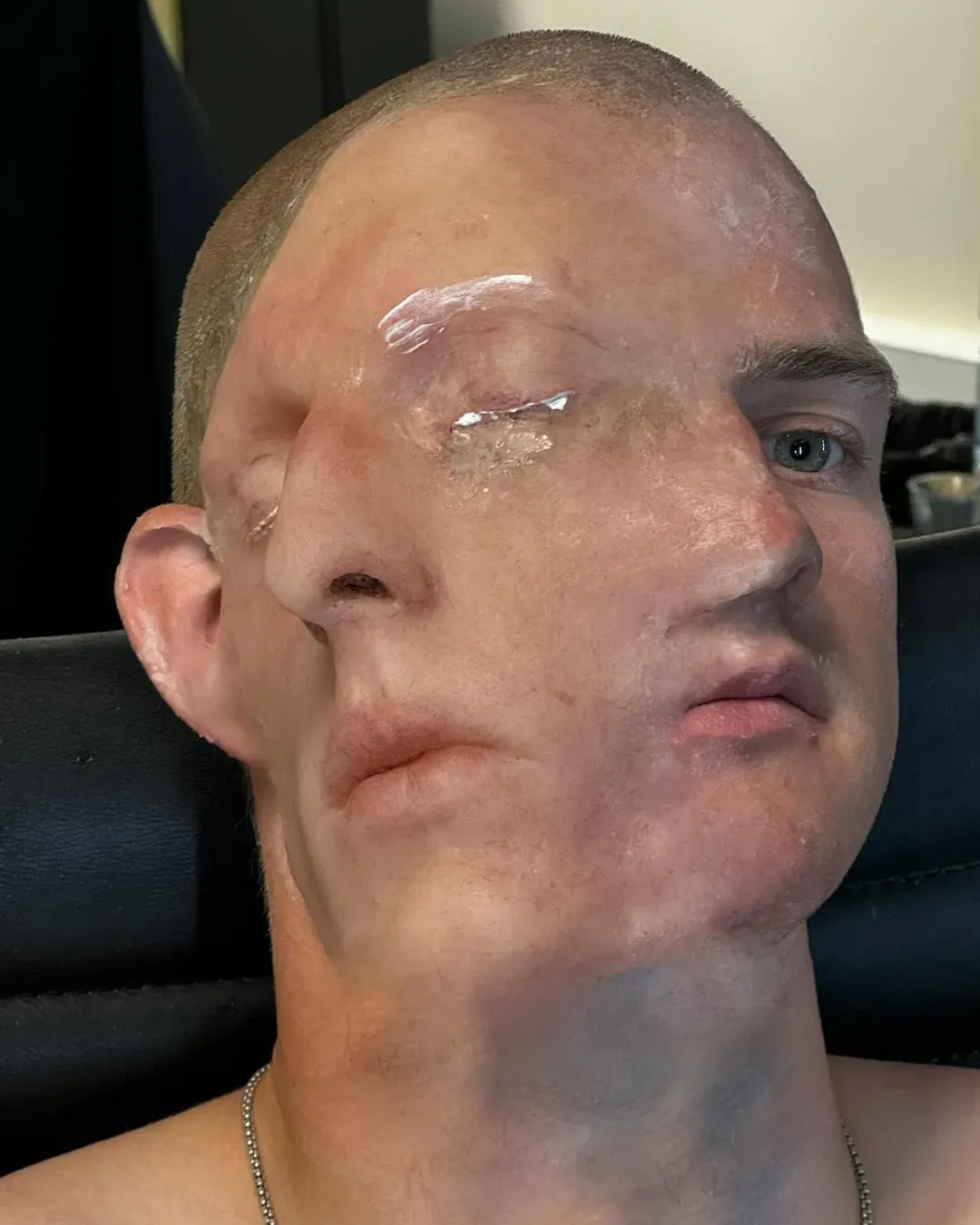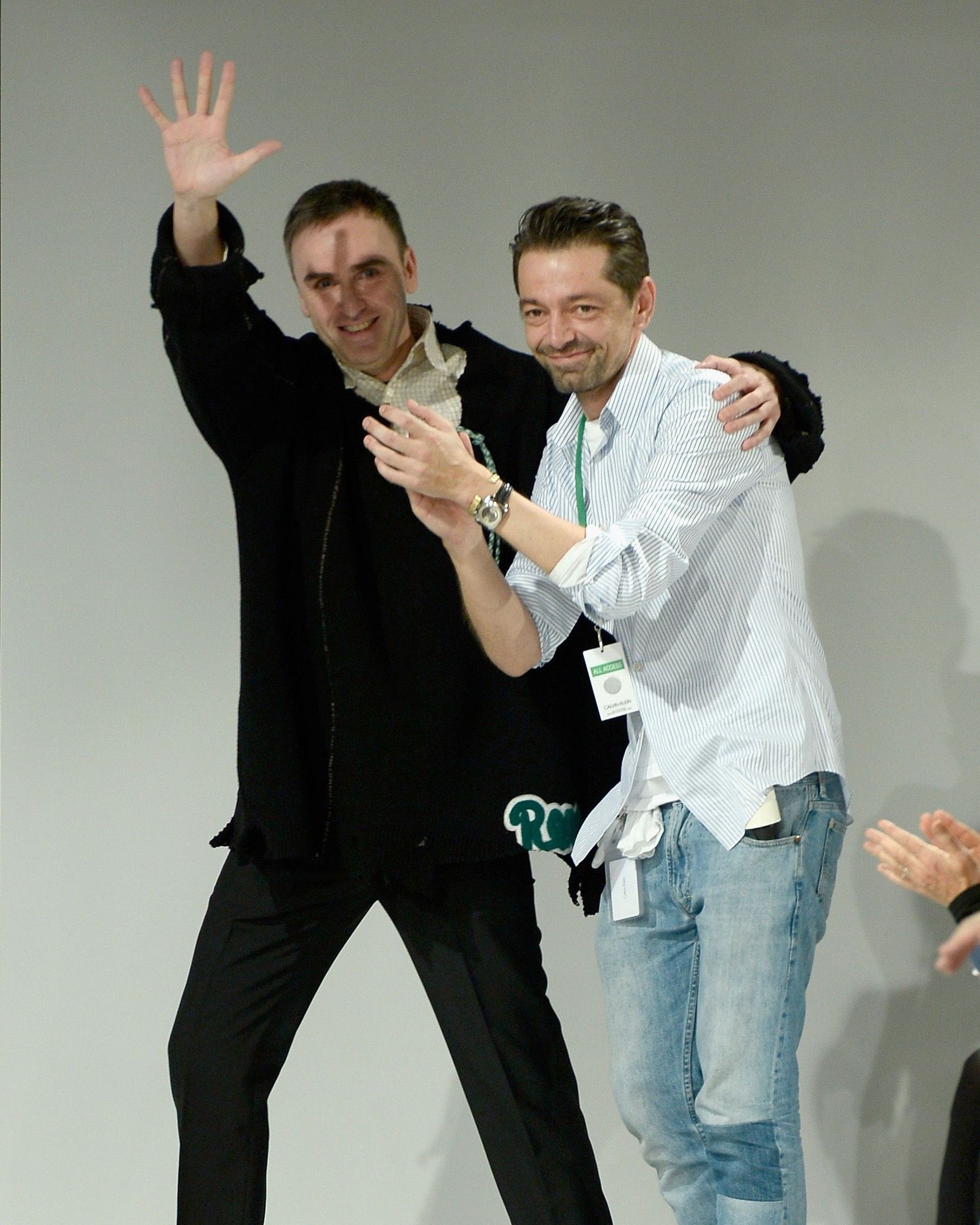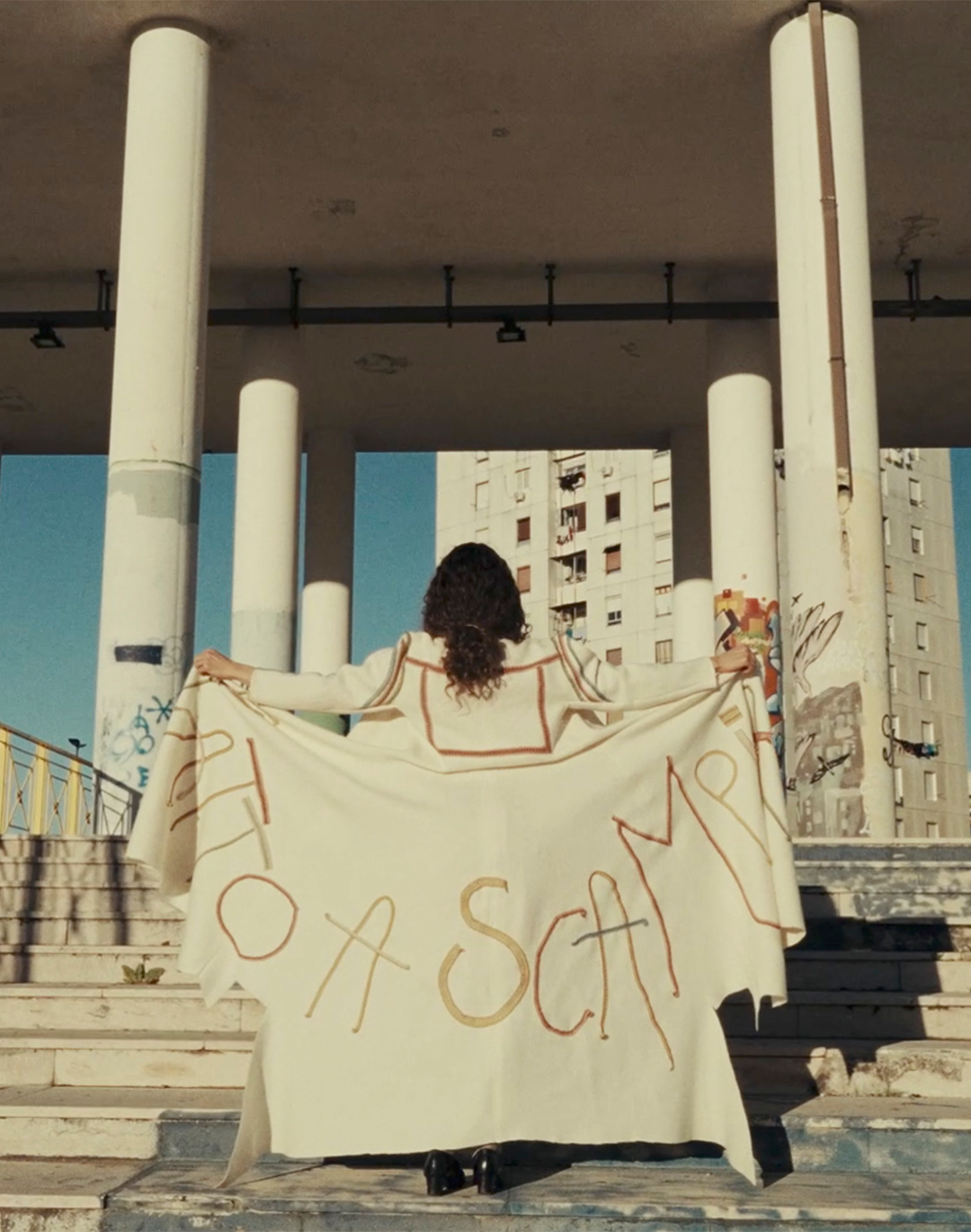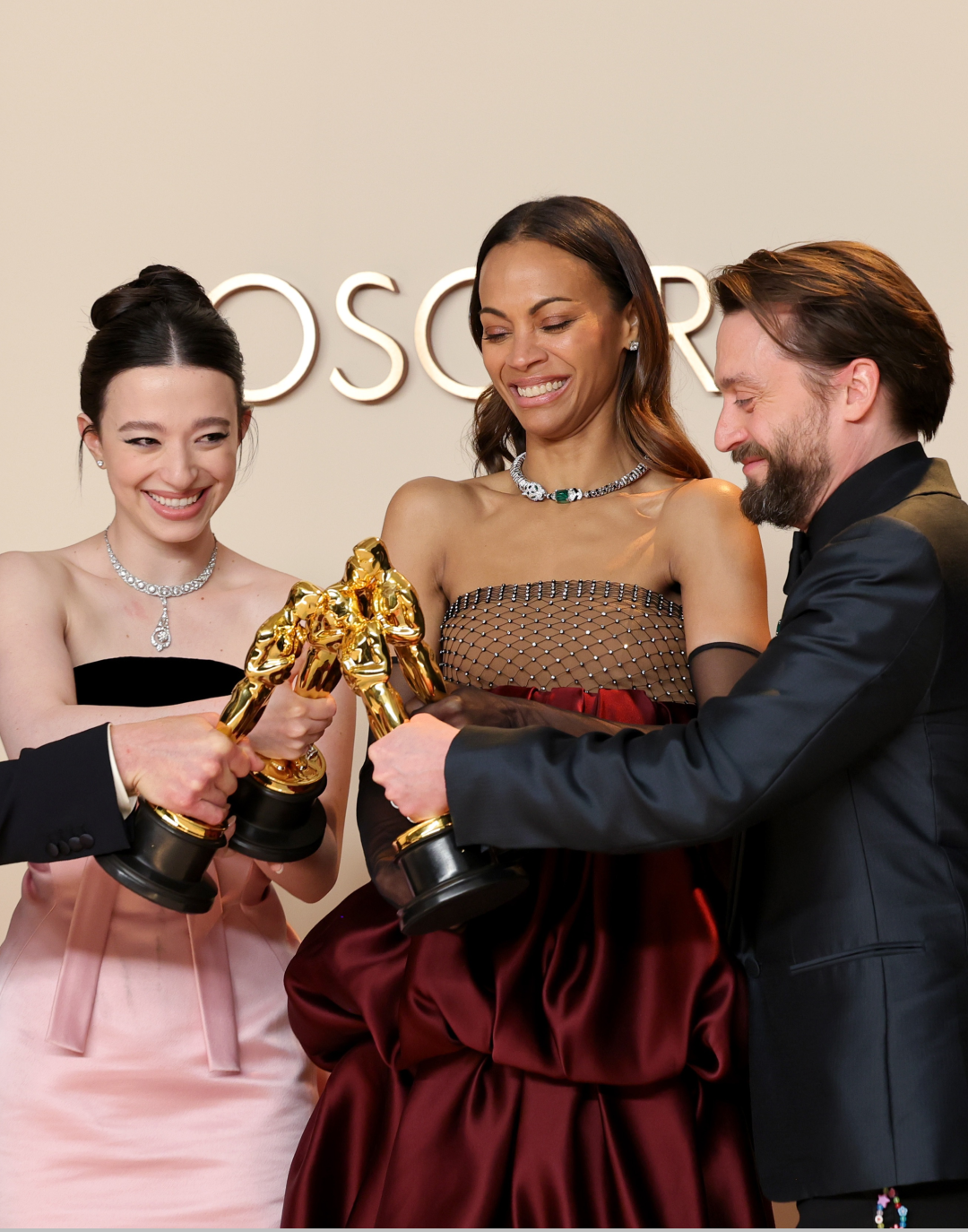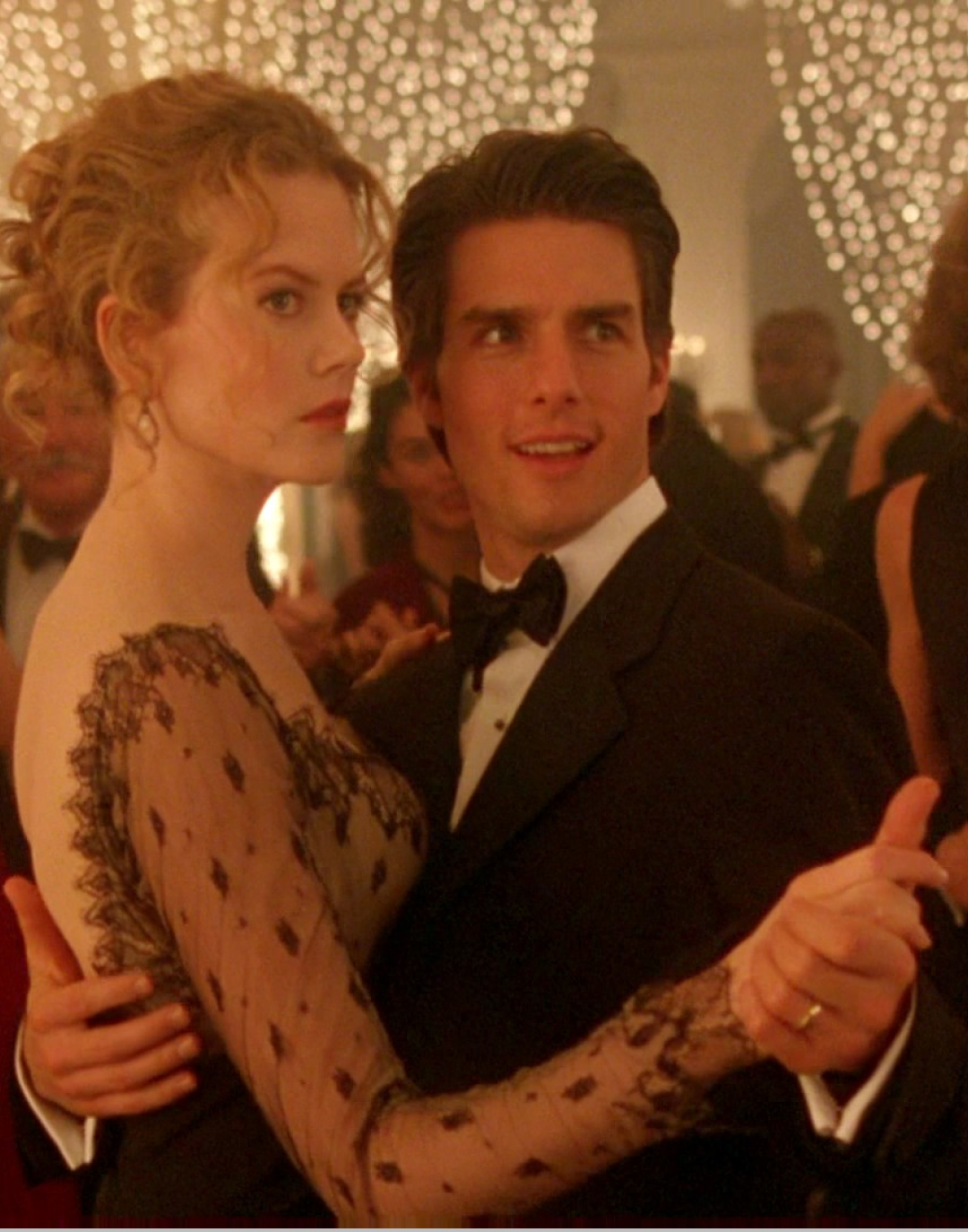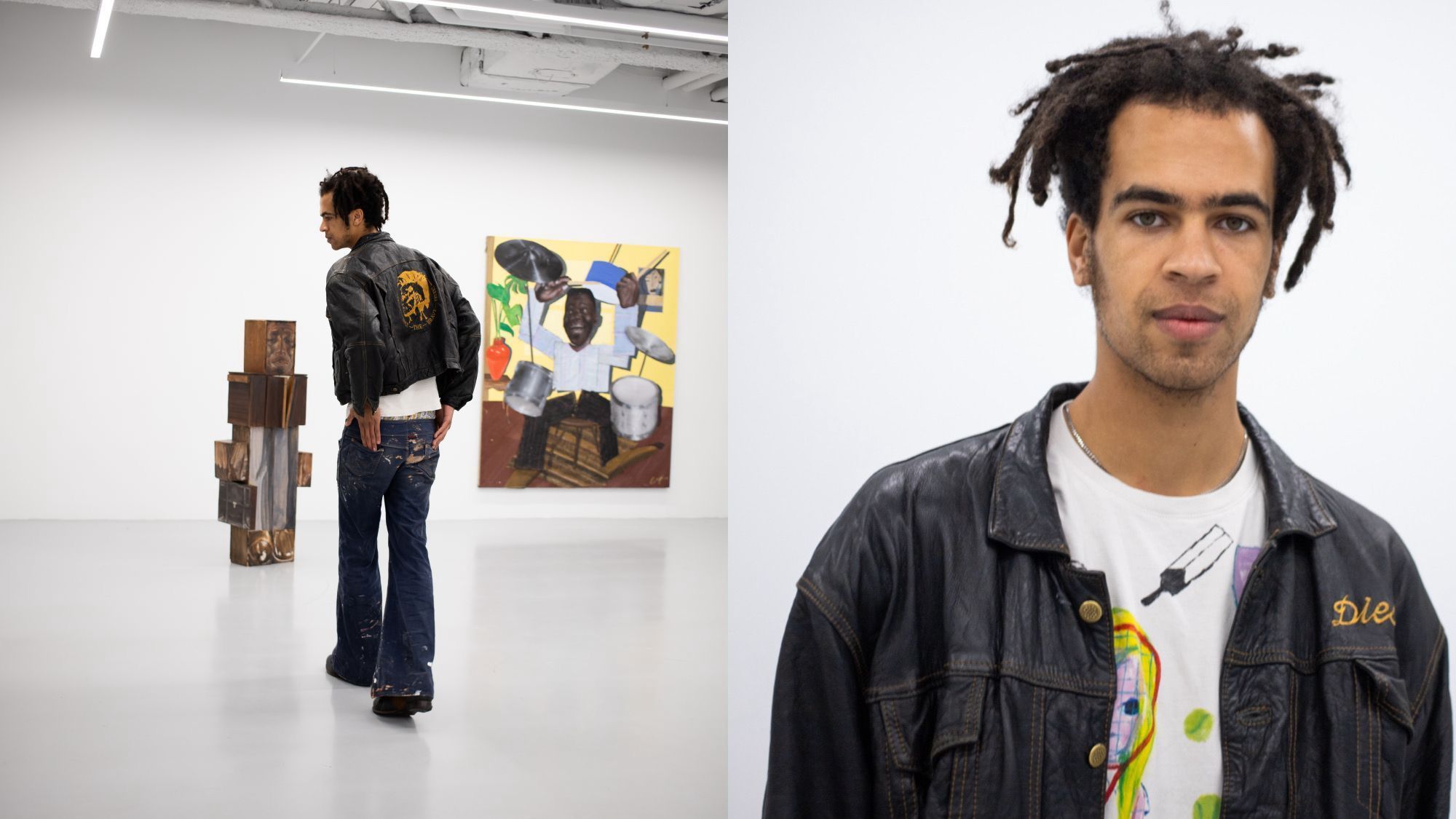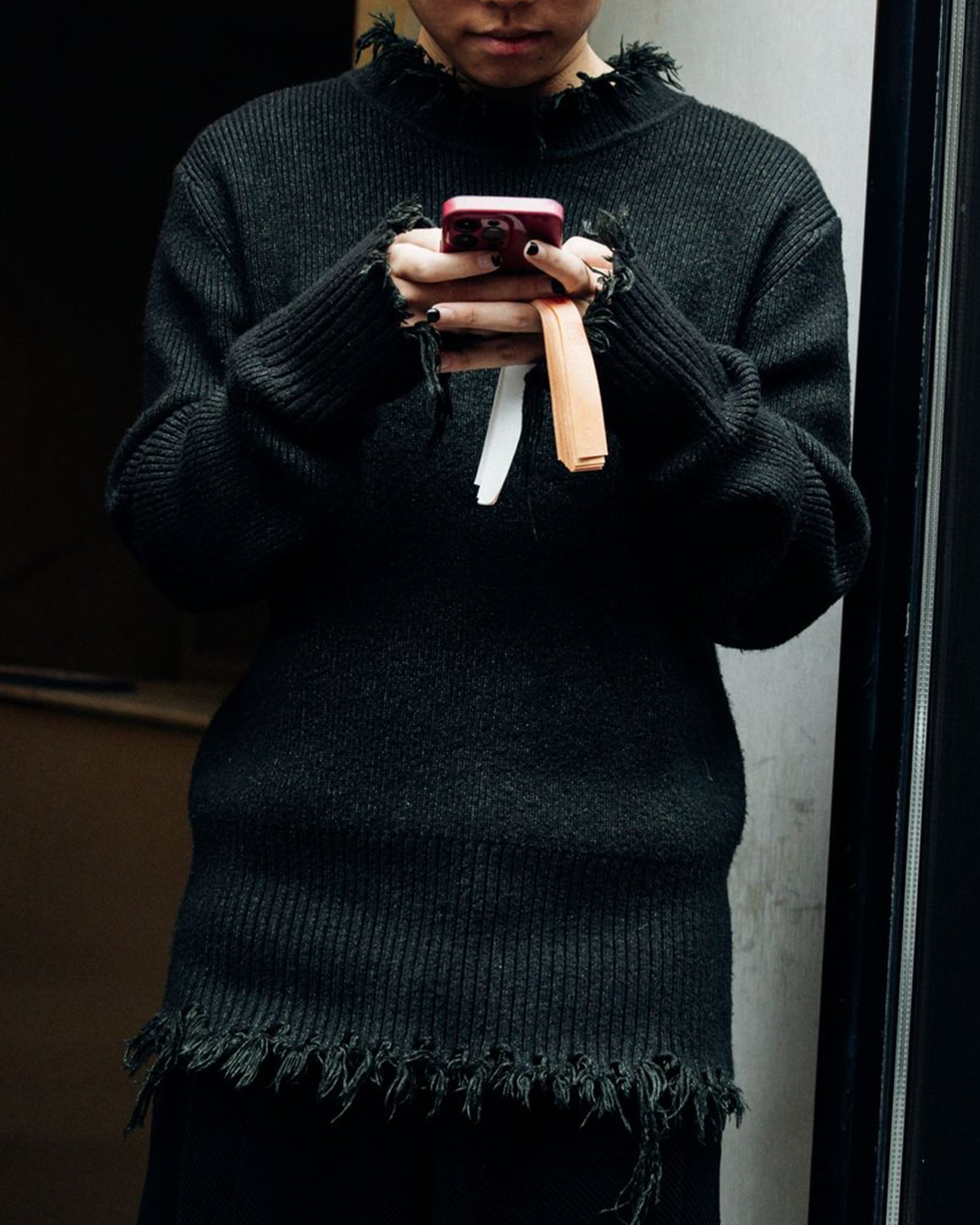
Will Apple’s Liquid Glass be a problem for developers? It's already hailed as a masterpiece but almost impossible to replicate
After two long months of waiting, Apple is finally releasing today the new iPhone operating system update, iOS 26. Unless there are last-minute changes, when does iOS 26 come out? The release date is Monday, September 15, 2025. The iOS 26 update will be available for all compatible iPhones. For those wondering at what time does iOS 26 come out, the official release is scheduled for 7:00 PM CET, with a rollout window of about half an hour (until around 7:30–8:00 PM). That’s the moment when it’s worth checking your Settings to see if the update is available, making sure your iPhone is connected to a strong Wi-Fi network and has at least 80% battery. The size of the new operating system has not yet been confirmed, but it’s recommended to have at least 10 GB of free storage to avoid any issues.
Among the most anticipated changes is the new naming system: for those who haven’t noticed, the current OS is iOS 18, so why such a big jump forward? As Apple announced in recent months, future updates will now align with the calendar year. But the real revolution comes with the brand-new look of iOS 26, introduced last July as Liquid Glass.
What is Liquid Glass?
@bricksdept Apple Liquid Glass Animation Tutorial now live on YouTube! #aftereffectsedits #aftereffectstutorial #apple #motion original sound - Bricks
At the last Worldwide Developers Conference (WWDC) — the annual event the company hosts for developers and industry insiders — Apple introduced a new visual language called Liquid Glass, based on dynamic and fluid animations, enriched by a highly complex design system that, among other things, reproduces the refraction of light. In essence, with this update, officially expected in the fall, the interface elements of Apple products will change significantly: icons, buttons, menus, windows, and controls will feature a glass-like transparency that lets background colors and content shine through. But beware: Liquid Glass is not just a complex blur effect; the visual language actually replicates the behavior of light on transparent materials, and according to many experts, the result is truly stunning.
In this way, Apple reinterprets minimalism through a completely new lens, experimenting with refraction and shadow play — elements that belong more to the physical world than the digital one. It’s a remarkable step forward that, at least in terms of interface design, clearly sets Cupertino apart from its competitors. «Apple is flexing hard on the fact that it can achieve something this complex on its own devices» summarized the creator team Cafè Design, who in a post dedicated to this innovation said: «Liquid Glass is a masterpiece of research and development, and also one of the most complex things ever seen in the world of UI (User Interface)». Unsurprisingly, the new identity will be applied across Apple’s entire suite of devices: from smartwatches to iPads and, of course, iPhones.



